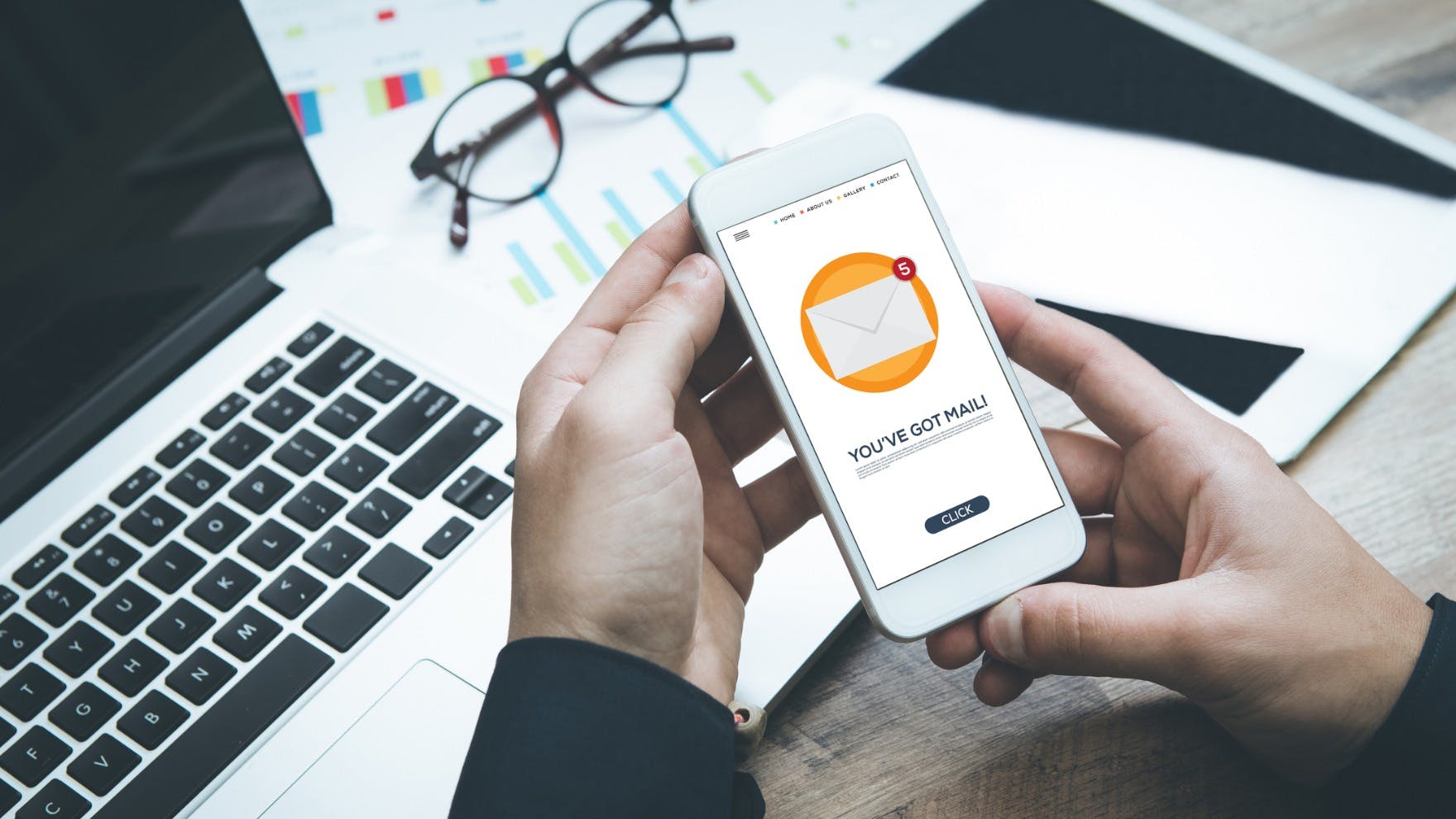Email Lead Generation Best Practices for 2022
Casey O'Connor
In today’s digital-forward sales landscape, email lead generation is a non-negotiable part of the sales process.
Unfortunately, buyers today have very little tolerance for pushy marketing tactics that make false promises in exchange for their email addresses.
Businesses that want to grow their lead lists and remain competitive need to find ways to keep their email lead generation strategies ahead of the curve.
In this article, we’ll go over everything you need to know about email lead generation, including why it’s so important for every sales organization and some best practices to follow throughout the process.
Here’s what we’ll cover:
- What Is Email Lead Generation?
- What Is an Email Lead Generation Strategy?
- Best Practices for Generating Leads from Emails
- The Benefits of Email Lead Generation
What Is Email Lead Generation?
Email lead generation is the process of collecting email contact information from leads through digital marketing and sales strategies. Most often, email leads’ contact information is captured through an opt-in form.
Because of how prevalent email messaging is in most people’s personal and professional lives — the number of email users has grown steadily every single year, and is projected to continue that pattern until at least 2025 — it’s easy to take for granted just how important email leads really are within the sales process.

The truth is, email leads can be some of your most lucrative sales opportunities.
These are people who have willingly shared their contact information with you, usually in exchange for content or information your organization has advertised that offers value to them (also known as a lead magnet).
In fact, sales teams who are successful with email marketing often report that it’s their most effective method of lead generation.
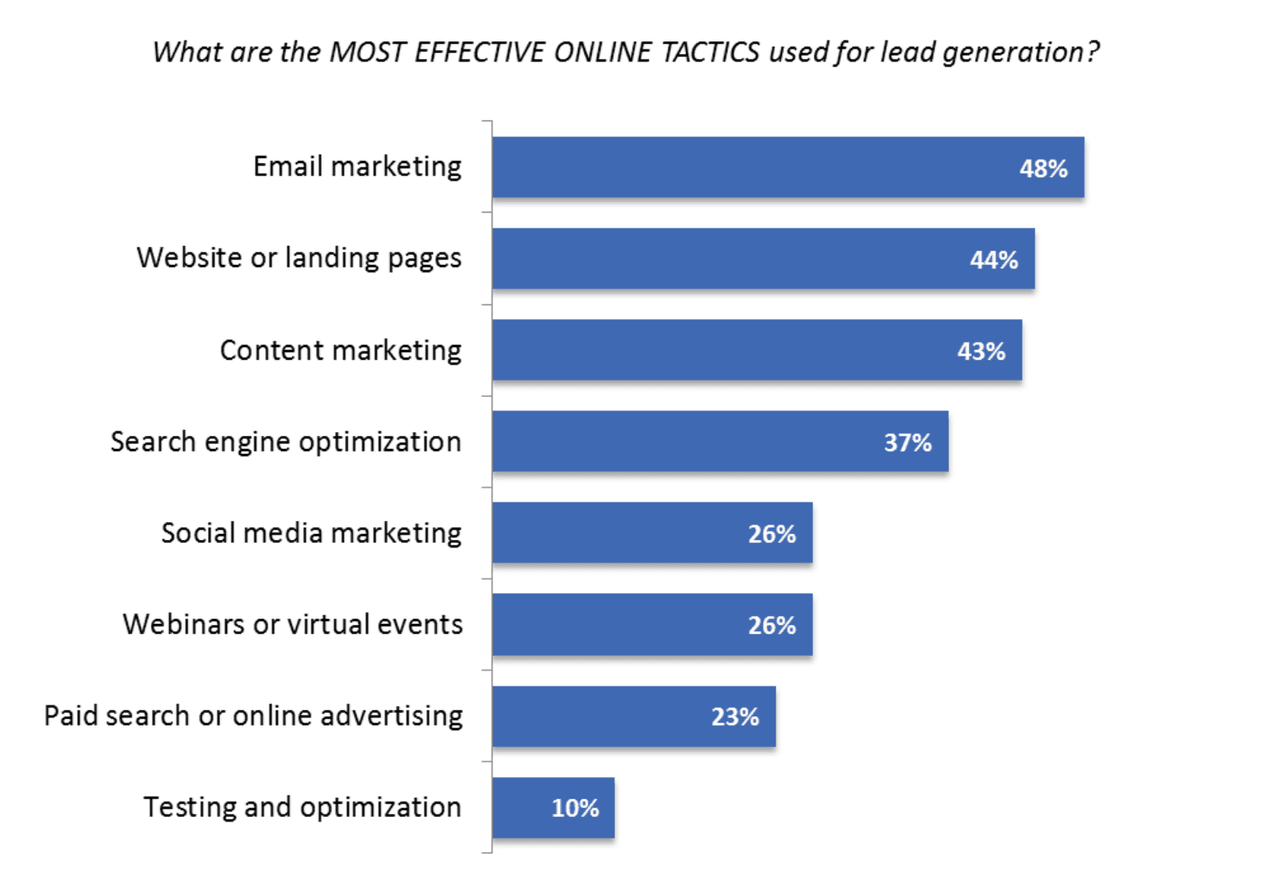
Email lead generation offers salespeople an easy, low-maintenance way to keep in contact with warm leads, and creates opportunities to nurture them through the sales process at their own pace.
That being said, email lead generation is not necessarily a straightforward task. And again, it’s the popularity of email that makes things slightly complicated.
Nearly 320 billion emails are sent worldwide on a daily basis. The vast majority of these are spam, marketing emails, or promotional offers.
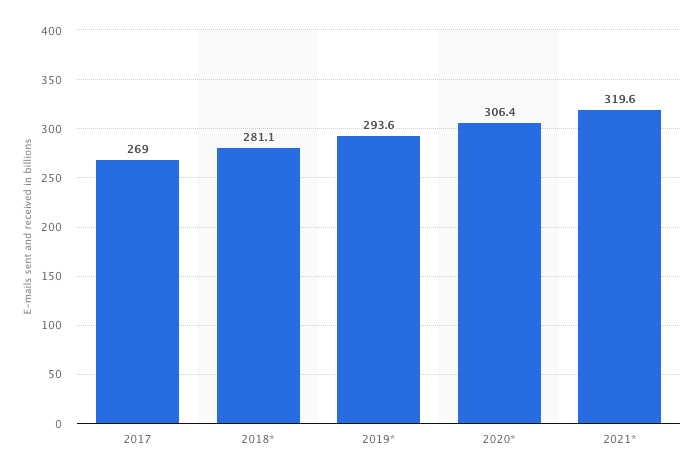
Most people are reluctant to hand over their email addresses to just anyone — no one needs more junk or marketing spam.
This is why marketing and sales organizations need to be extremely strategic about how they go about generating new email leads.
That’s where an email lead generation strategy comes in.
What Is an Email Lead Generation Strategy?
An email lead generation strategy refers to the specific steps an organization plans and executes in order to find email address contact information from potential customers.
The main framework of an email lead generation strategy remains generally the same across most organizations and offers: entice leads with valuable and relevant-to-their-problem content — this is called the lead magnet — in exchange for their email address.
The lead magnet is the main component of virtually any email lead generation strategy.
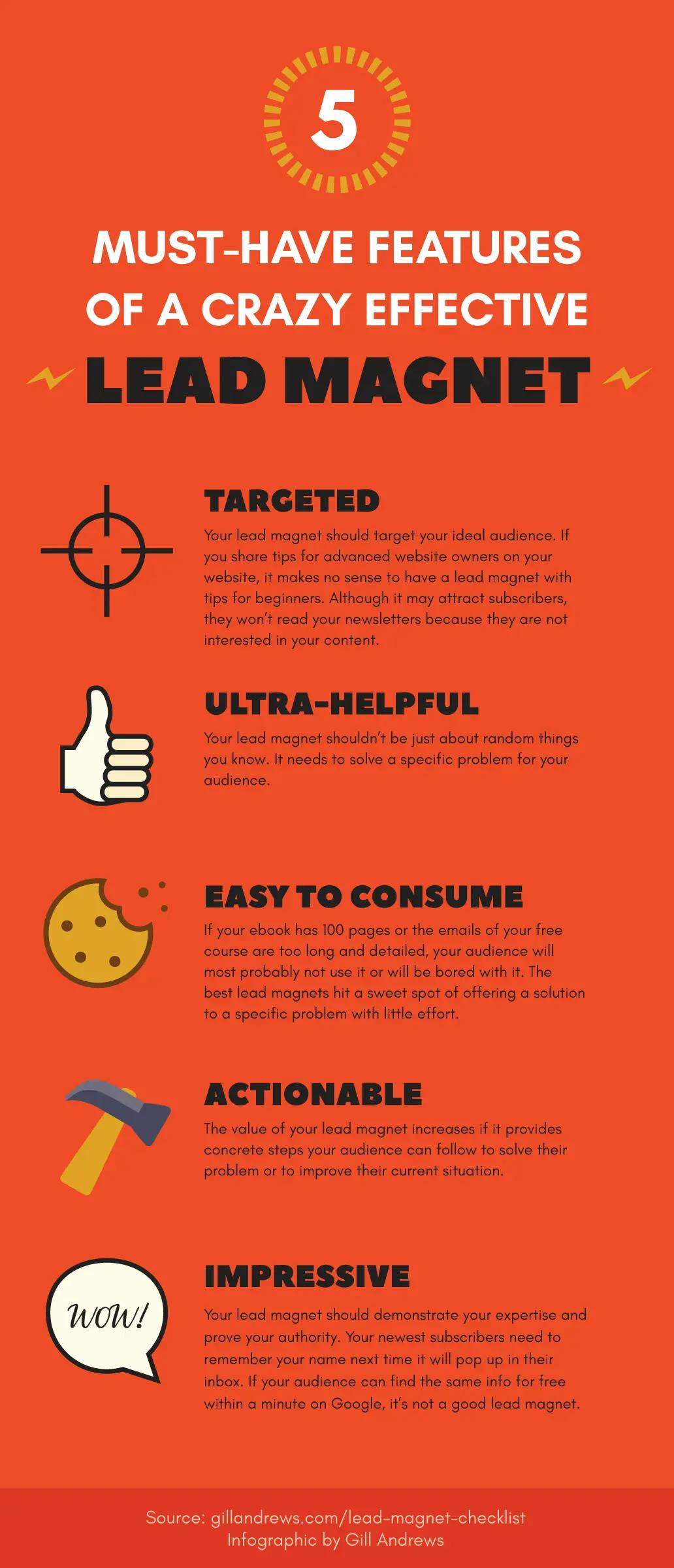
The idea behind a lead magnet is to present leads with a low-stakes request in exchange for high-value content. Assuming your content is truly valuable, this transaction is a no-brainer for most good-fit leads.
Once a lead provides their contact information through the opt-in form, salespeople can use email marketing tactics to nurture those prospects and convert them.

The more email lead generation strategies sales and marketing teams deploy, the faster they can grow their email lead lists.
Why Is an Email Lead Generation Strategy Important?
The email marketing industry is growing at breakneck speed. In 2020, email marketing revenue was at 7.5 billion dollars. And by 2023, it’s expected to break 10 billion.

For the vast majority of salespeople, their email lead lists are their best marketing and sales strategy. It gives them the maximum bang for their buck, so to speak, in reaching the greatest number of people with the least amount of effort.
In today’s sales landscape, where sales cycles are drawn out by extensive buyer research and the need for multiple decision-makers in the buying process, email is a low-cost, easily-automated method for nurturing and converting more leads
Best Practices for Generating Leads from Emails
The great thing about the prevalence of email marketing is that there’s plenty of data available on how to go about it the right way.
Your sales and marketing teams should closely align with the following best practices for email lead generation for the highest chance of success.
Identify Your Audience
The first step in successful email lead generation is for sales and marketing to collaborate in defining your ideal customer profile (ICP) and buyer personas.
 These profiles will give your teams insight into what kind of content will be most likely to entice your good-fit leads to share their email addresses.
These profiles will give your teams insight into what kind of content will be most likely to entice your good-fit leads to share their email addresses.
Create a Compelling Offer
It can be tempting to use your lead magnet to teach prospects everything you possibly can about your product, and how to use it to solve their problems — resist this urge.
A lead magnet is a highly-targeted piece of content that speaks to one of your prospects’ smaller pain points or problems. The problem that the lead magnet addresses should be one component of an overall larger pain point.

In other words, the lead magnet is not meant to solve their problems the way your product is meant to. The lead magnet should offer a taste of how your product and company can help.
It’s also worth noting here that gatekeeping the lead magnet content is okay. Part of what makes the offer feel so irresistible is the idea that its information not shared for free.
The transaction of sharing an email address gives the prospect the impression that they have received something of value in exchange for giving something of value.
Leverage Social Media
As of 2020, there were over 3.6 billion social media users across the globe.
In 2021, nearly 80% of Americans had a social media account.
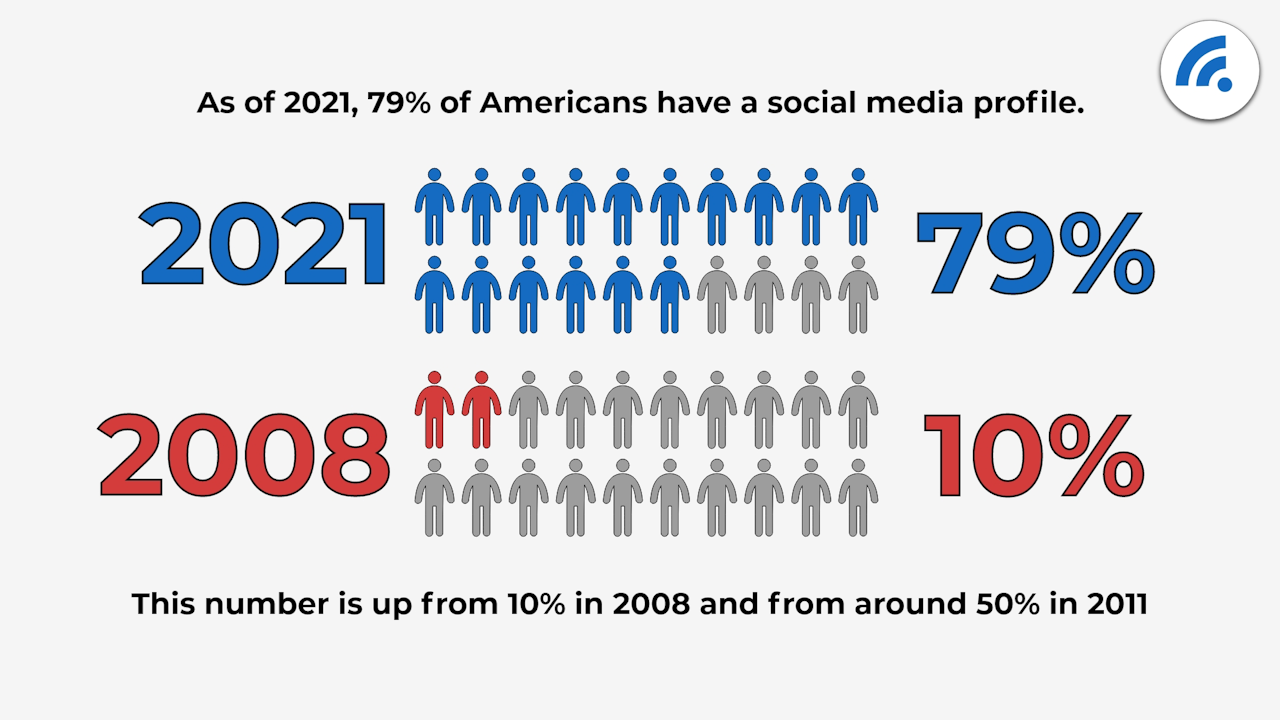
Social networks can easily become one of your best ways to share lead magnet content and generate new email leads.
Check out Yesware’s Ultimate Guide to Social Selling for the playbook on how to leverage social media for sales teams.
Share Valuable Content
Once a lead has shared their email address with you, the lead magnet has successfully done its job.
But maintaining a healthy and engaged email lead list is more than just having accurate contact information.
Sales and marketing teams should also collaborate to design the remainder of the sales funnel, including a plan to nurture leads who are not quite ready to buy but are otherwise a great fit. Email marketing will play a vital role in this process.
Remember — all of your competitors will also be using email marketing strategies, probably with the very same leads you’re targeting. Make sure your email marketing strategy prioritizes ways in which your organization will differentiate itself from the rest of the pack.
Use Personalization to Capture Their Attention
Above all else, prospects want to feel understood throughout the sales process. Phenomenal content can only take you so far in the sales process; personalization matters, too.
It’s not enough to only personalize the subject line and greeting. The actual content should be personalized, too. This doesn’t necessarily mean that every lead will get an entirely unique email, but segmenting your lead list will allow you to target specific groups of leads with the content that matters most to them.
Tip: Use email templates to help personalize every message you send.
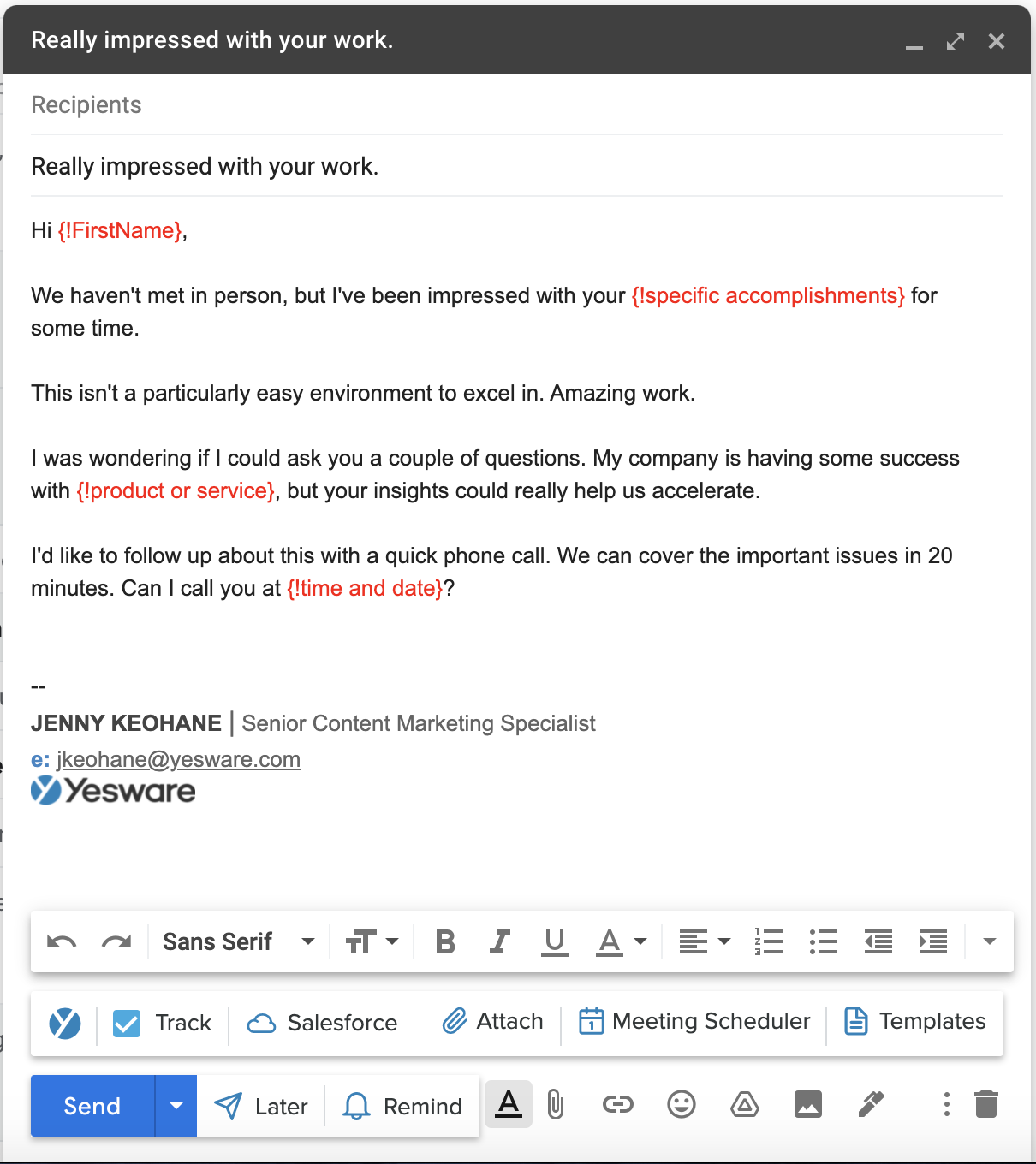
The Benefits of Email Lead Generation
Generating leads through email can have huge benefits for sales teams.
Easy to Automate
Email lead generation makes it easy for sales reps to keep leads at various stages of readiness engaged throughout the sales process.
Drip campaigns, for example, are triggered by specific lead behavior and intentionally designed to nurture and guide them through “mini-conversions” along the stages of the sales funnel.
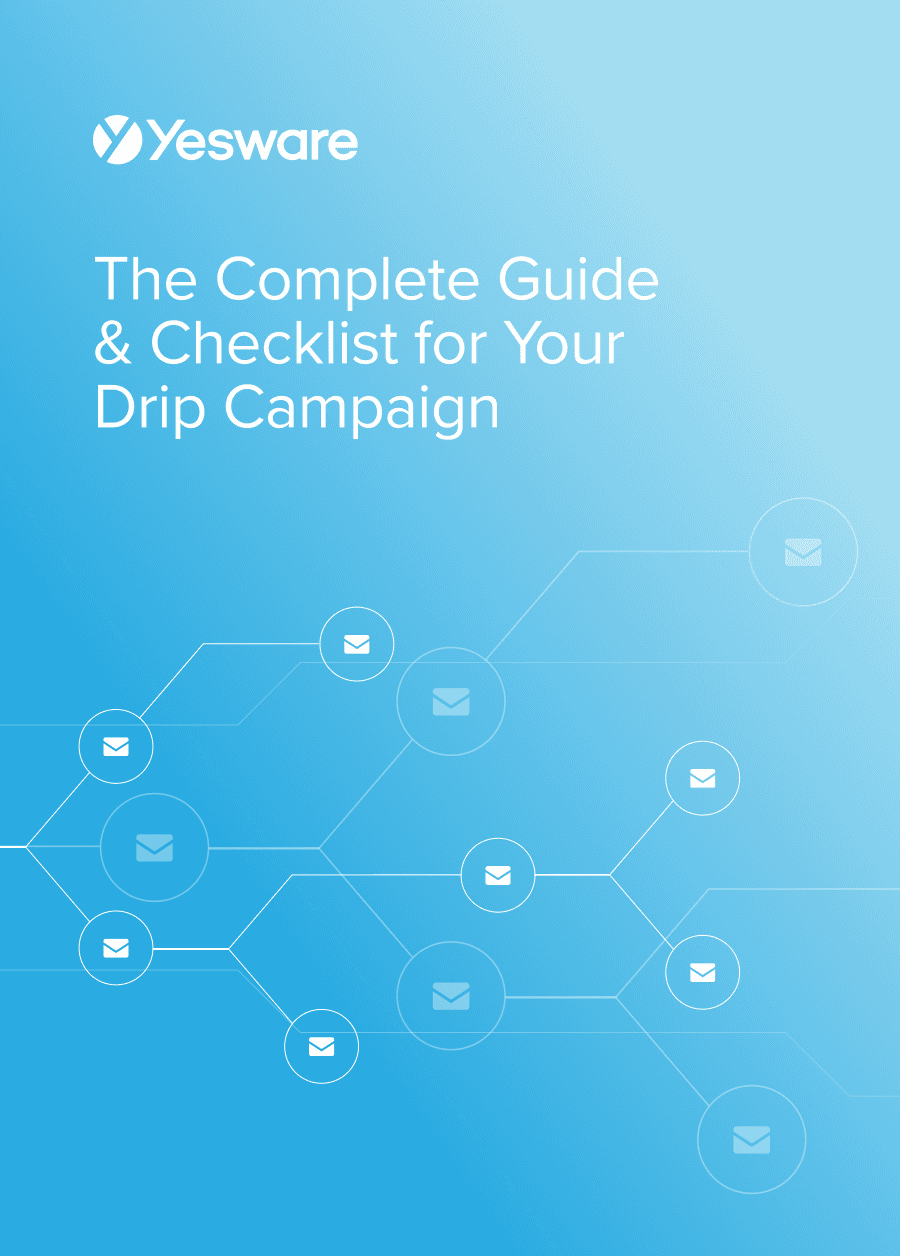 The Complete Guide & Checklist for Your Drip CampaignAn all-in-one guide for creating drip campaigns that improve your conversion rates across all stages of the sales funnel.
The Complete Guide & Checklist for Your Drip CampaignAn all-in-one guide for creating drip campaigns that improve your conversion rates across all stages of the sales funnel.
True, there is a fair bit of groundwork involved in developing ICPs, buyer personas, and a catalog of relevant content. But once those pieces are in place, email software can help salespeople track and manage several sophisticated email funnels simultaneously.
Affordable
Although there may be an upfront investment in creating an arsenal of lead magnets and content, email marketing is otherwise a generally affordable sales strategy for most organizations.
Once the initial groundwork is laid, it’s easy to plug-and-play with winning content on new groups of leads.
Easy Referrals
Lead magnets and email marketing content are, by design, easily shareable. Many sales organizations that use email marketing enjoy the by-product of no-effort referrals.
Do you have an email lead generation strategy? How has it improved your sales performance?
Get sales tips and strategies delivered straight to your inbox.
Yesware will help you generate more sales right from your inbox. Try our Outlook add-on or Gmail Chrome extension for free, forever!
Related Articles
Casey O'Connor
Melissa Williams
Anya Vitko
Sales, deal management, and communication tips for your inbox
